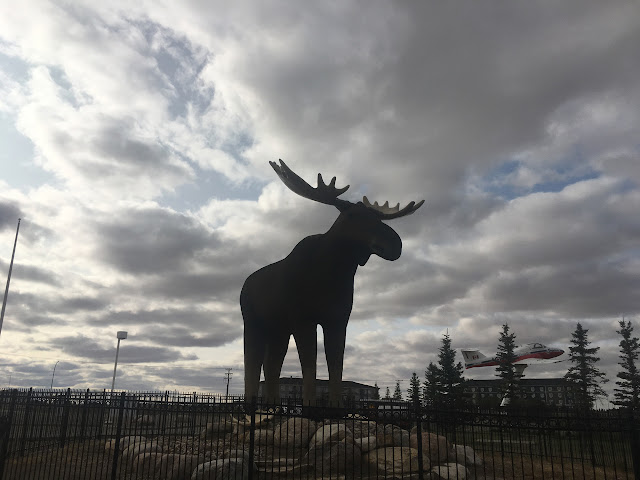Time Zones, Meridians and the Longitudinal Centre of Canada - 49° 44' 29" N 96° 48' 35" W

According to worldwide standard time, there are six time zones in Canada - Pacific, Mountain, Central, Eastern, Atlantic and Newfoundland. We live on the western edge of Mountain Time and we expected to lose an hour as we crossed into Manitoba (Central) then again as we approached Thunder Bay (Eastern) in Ontario. Things appeared so orderly and simple. No so fast... Canadian Time Zones as they really are! Saskatchewan is Central Time (except for Lloydminister which is on Mountain Time) but choses not to observe daylight savings, so in the summer they line up with Mountain Time. Manitoba is on Central Time but observes daylight savings. Western Ontario (west of 90°) is on Central Time and observes daylight savings, except the Atikokan and Pickle Lake areas. They run on Eastern Standard Time year round. Ontario (east of 90°) and Québec observe Eastern Time. Oh, except for Québec east of the Natashquan River. They observe Atlanti...

